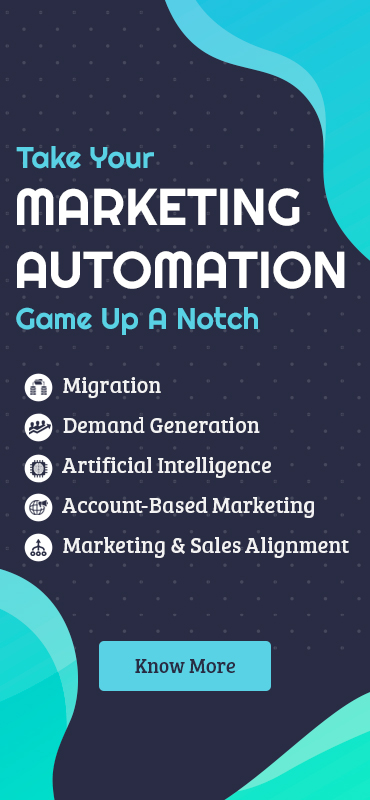“Do what you do so well that they will want to see it again and bring their friends.” – Walt Disney
“On a scale of zero to 10, with 10 being the highest, how likely are you to recommend us to a friend or colleague?” – the one question created by Fred Reichheld and Bain & Company, that lead to the inception of the concept called Net Promoter Score (NPS). Just so you don’t lose yourself in the NPS maze, we’re here to quickly take you through what it is, how it’s calculated, and why you need it in your life. Read on!
What is Net Promoter Score?
It is a parameter to determine the customer’s overall satisfaction with a company’s product or service. It’s how you also get to know how loyal a customer is to your brand and if they’d graduate to being an advocate for your brand. NPS is an index that ranges from -100 to 100 measuring how willing a customer is to recommend your product/service to others, making it the best way to figure out the overall customer sentiment.

How is Net Promoter Score calculated?
Customers are surveyed on that one, significant question, as to how likely they are to recommend your brand to others. On the basis of their rating, they are classified into 3 categories:
1. Promoters: This is when a customer gives you a score of 9 or 10. In this case, it’s safe to believe that they love your product/service, are repeat buyers, and would happily recommend your brand to other people.
2. Passives: This is when a customer gives you a score of 7 or 8. It means that they’re somewhat satisfied with your brand but it won’t take much for them to switch to a competitor if they get a better deal. They aren’t head over heels for your offering, at least not enough to promote it, but at the same time, they wouldn’t speak ill of your brand either.
3. Detractors: This is when a customer gives you a score lower than or equal to 6. This means that the customer isn’t particularly thrilled about your product/service and most likely, would not buy from you again. They could, potentially, belittle your brand by spreading a negative word of mouth.
Once this classification is done, you move to the calculation part. NPS is calculated by subtracting the percentage of detractors from the percentage of promoters. For example, if you surveyed 10 customers, out of which, 7 were promoters and 3 were detractors, that would make the promoter percentage 70% and the detractor percentage 30%. Therefore, your NPS calculation formula would be:
NPS = 70% – 30% = 40%
Why do you need Net Promoter Score in your life?
NPS helps you ascertain customer loyalty, which is definitely not going out of style, any time soon. Let’s face it, it’s 5 times more expensive to acquire a new customer than to retain an existing one, and that’s only the bare minimum. You could potentially increase your profit by 25-95% if customer retention increases by 5%. NPS helps you in evaluating how to retain and delight existing customers. Also, with a decent or, ideally, a high NPS, you can procure the benefits of referral marketing. According to recent statistics, 83% of happy customers are willing to provide referrals, customers are 4 times more likely to buy when they’re referred by a friend, and new referred customers have a 16% higher lifetime value. This is also, what we call, social proofing. If someone knows that you have tons of happy customers, they’d be more likely to purchase from you.
What conclusion does it bring us to?
Calculating NPS is just the first step. How you drive improvements, after you calculate NPS, is what’s critical. NPS isn’t just about the most recent interaction, it’s about the overall experience with a brand. So, ask the NPS question at the right time, the right place, and for the right reason. Therefore, the higher the NPS, the better the customer loyalty and brand advocacy. Just as employees are people, and not resources, customers shouldn’t be translated into transactions, but relationships. And, that loyalty is rare. If you find it, keep it!












